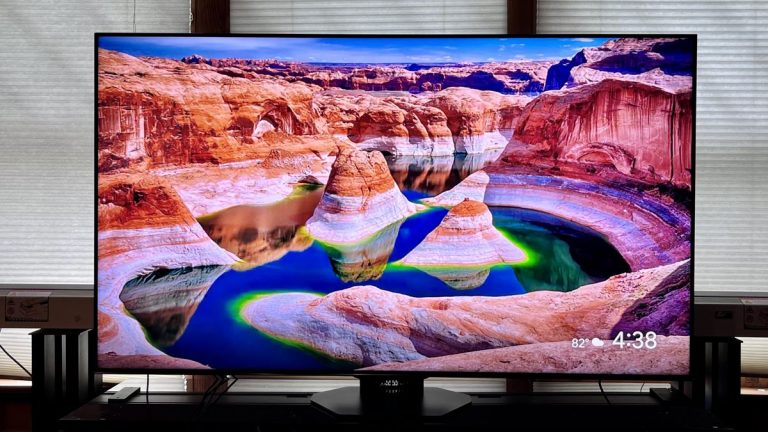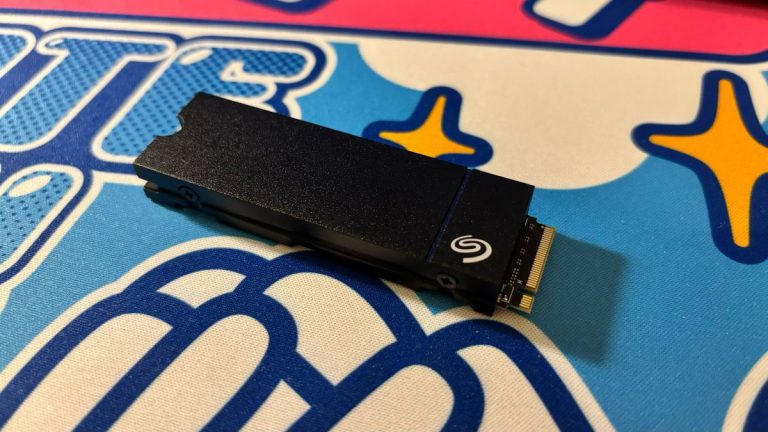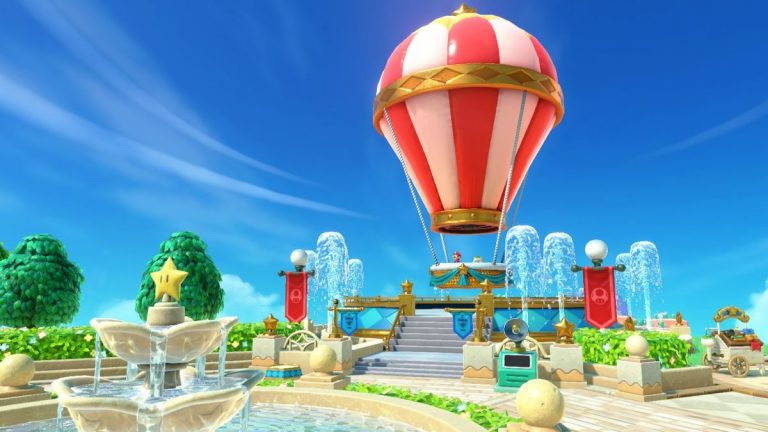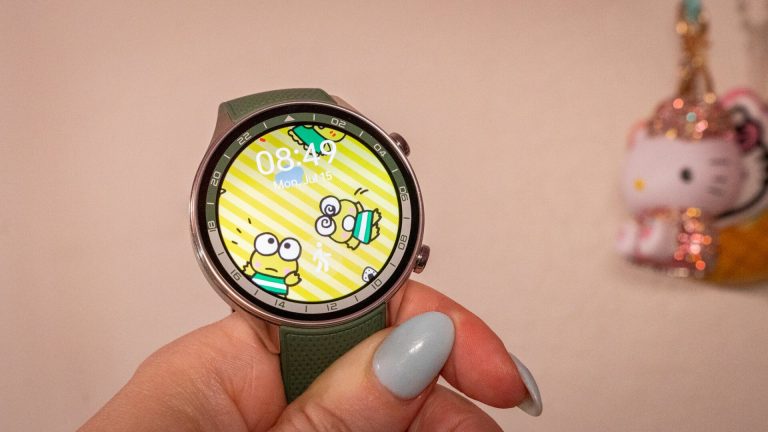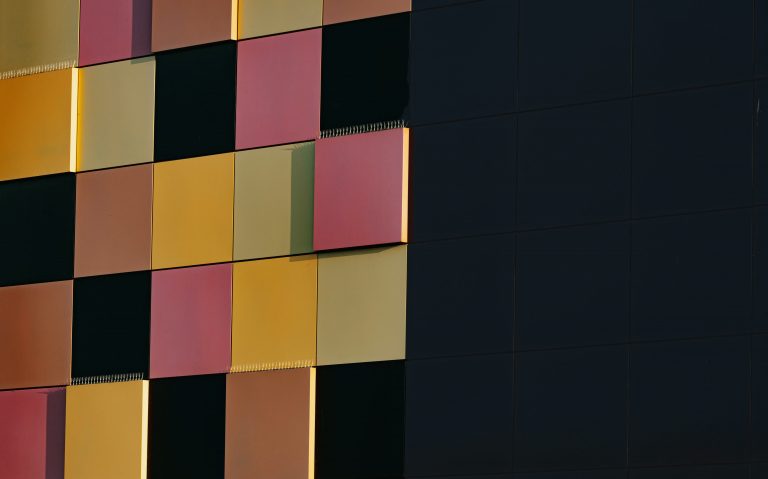The Samsung Galaxy Z Fold 6 is a great phone that’s out of ideas

The Galaxy Z Fold 6 is like staying in a really fancy Airbnb.
It’s objectively luxurious: spacious and with every amenity you could think of. But it’s a little impractical, and you never feel quite as at ease as you do in your own home. Not to mention, there might be real consequences to tracking dirt in the wrong places. Home isn’t as well appointed, but it’s comfortable, and by the time you check out, you’re ready for that sigh of relief.
With much higher prices than a slab phone and delicate moving parts to protect, book-style foldables like the Fold 6 are more or less luxury items. A phone that folds in half is a little technological marvel that nobody absolutely needs. But even in this rarified space, Samsung’s doesn’t feel as easy to cozy up to as the competition’s. With last year’s introduction of the Google Pixel Fold and OnePlus Open, fans of foldables (in the US, at least, where we have fewer options) got a glimpse of a more familiar format, with a wider outer screen — the one you use a hundred times a day.
Samsung is truly coasting on its four-year lead here. The Z Fold 6 offers such minor upgrades over the 5 that the differences are measured in millimeters: a slightly wider cover screen and a slightly slimmer profile. The phone’s flatness has been improved. There’s a new ultrawide camera. And of course, all the AI you can shake an S Pen at, to the tune of $1,899 — $100 more than the Z Fold 5.
I don’t think we can keep waiting for the Z Fold to evolve into something meaningfully different; Samsung seems to think this is its final form and will just keep polishing the edges every year. And the Fold 6 is an impressive gadget indeed, but I can’t quite get comfortable with it.
The Z Fold 6’s outer screen measures 6.3 inches on the diagonal, up from 6.2 inches on last year’s model thanks to a few more millimeters in width. I can appreciate the difference looking at the two phones side by side, but in practice, the difference is so small that it doesn’t do much to change the experience of using the cover screen. This is still a tall, skinny screen compared to your garden-variety slab-style phone or even the outer screen on the Pixel and OnePlus foldables. I think plenty of people can get used to the outer screen’s unusual dimensions without a problem, but even after a week of use, the keyboard still feels a little too squished every time I use it. Your mileage may vary, etc. etc.
The Z Fold 6 also shaves off a little weight compared to the Fold 5 — down to 239 grams from 253. It’s a hair thinner, too, measuring 12.1mm thick when folded compared to 13.4mm. That’s all well and good, but the reality is that the Z Fold 6 is still a chunk when it’s folded in half. It’s only seven grams heavier than Samsung’s Galaxy S24 Ultra, but the way that weight is distributed makes the Z Fold 6 less comfortable to use in one hand, and it definitely makes the phone look stupid as hell in the side pocket of my yoga pants.
The edges closest to the hinge are also more squared off than the ones on the Z Fold 5. They’re pointy enough to jab me in the ribs if the phone is in the pocket of my joggers and I crouch down. This really isn’t a phone you want to carry in any pant pockets, as I’ve learned. Oh, and that improved flatness? The Fold does unfold to lay almost flush when it’s screen-side down on a flat surface. But it still rocks back and forth on the camera bump when you use it fully open on a table, which you’re much more likely to do.
The Z Fold 6’s main attraction, the 7.6-inch inner screen, is just as impressive as ever. The crease looks about the same — it disappears when looking at the display straight-on, but you’ll see it from an angle. In bright light, it will reach up to 2,600 nits, which makes it comfortable to use outside, but that’s also when I noticed the crease more.
Still, I’ll never not be amazed that I can open this phone up and easily run two apps side by side. This was extremely helpful while planning a bike ride in Komoot while cross-referencing Strava’s heat map since I am too cheap to pay for a premium account on either service.
I wish it was better suited for video conferencing. The laptop-style, partially unfolded configuration lends itself to hands-free video calls, which is nice. But the inner selfie camera is only positioned about halfway up the left side of the screen when you use it like this. It’s an awkward and deeply unflattering angle. Plus the narrow dimensions of the screen make for a cramped experience when it’s folded like that.
For more creative pursuits, the inner screen serves as a large canvas for Samsung’s most chaotic new AI feature: sketch to image. There’s no prompting required — all you need to do is draw a rough sketch (and my sketches are very rough) of anything you want to add to a photo, and AI will turn it into a photorealistic addition to your image. The results are often ridiculous and sometimes surprisingly believable. I dare you to try it out at Best Buy or whatever and not have at least a little fun with it.
The rest of Samsung’s AI features — both on the Z Fold 6 and the rest of Samsung’s flagship devices — remain a mixed bag of party tricks. Like Apple, Samsung promises that the very best stuff, like context-aware help from its virtual assistant, is coming later. (Are you there, Bixby? It’s me, Allison.) Galaxy AI, like all AI on phones, remains unproven. But the Z Fold 6 comes with something better than AI gimmicks: a very generous seven years of OS and security updates.
Samsung likes to emphasize the ways that foldables have reached parity with slab phones. That’s basically true of the Fold’s camera system, which is at its best taking photos of people. And while I don’t agree that the cover screen feels as easy to use as a traditional smartphone, it does seem that the Fold 6’s battery life is just as strong as the best slab phones. I tested the phone with the always-on display enabled full time and put it through the wringer on a couple of long bike rides using GPS and streaming music. Even so, I usually had at least 50 percent left at the end of the day.
But the Z Fold 6 still falls short of slab phones in one significant way: durability. Samsung made some tweaks to the materials and the hinge mechanism to improve protection against drops, and it remains fully water resistant, but dust is still the enemy of a folding phone. For a limited time, customers who buy the phone directly from Samsung will get one free screen repair and one screen protector replacement within two years of purchase, but that doesn’t inspire great confidence in long-term durability.
Don’t get me wrong. The Samsung Galaxy Z Fold 6 is an amazing gadget. The Fold has won a faithful following — and rightfully so. Multitasking on the big screen is effortless, build quality is as good as foldables get, and the battery reliably lasts a day or more. Heck, you can plug the whole dang thing into a display and use it like a computer.
Samsung pioneered the foldable phone, but now it’s stubbornly iterating on that original concept — and it feels like the time for iteration is over. The company seems committed to its current long and narrow template rather than adopting a wider format. Personally, I think the OnePlus Open is the ideal foldable design, and it’s about halfway between the tall and skinny Z Fold 6 and the wide and short Google Pixel Fold.
Not to mention, this phone costs nearly two thousand US dollars! Can’t we ask for a little more than “improved flatness”? I want an S Pen included, like it is for the less expensive Galaxy S24 Ultra, and some way to store it without having to buy a special case with a pen slot. Or how about, I dunno, cool modular accessories! A better video conferencing experience! Free screen protector replacements for everyone! Let’s dream big, people!
The Z Fold 6 is one hell of a nice place to stay, but to me at least, it doesn’t quite feel like home.
Photography by Allison Johnson / The Verge
Source: www.theverge.com

